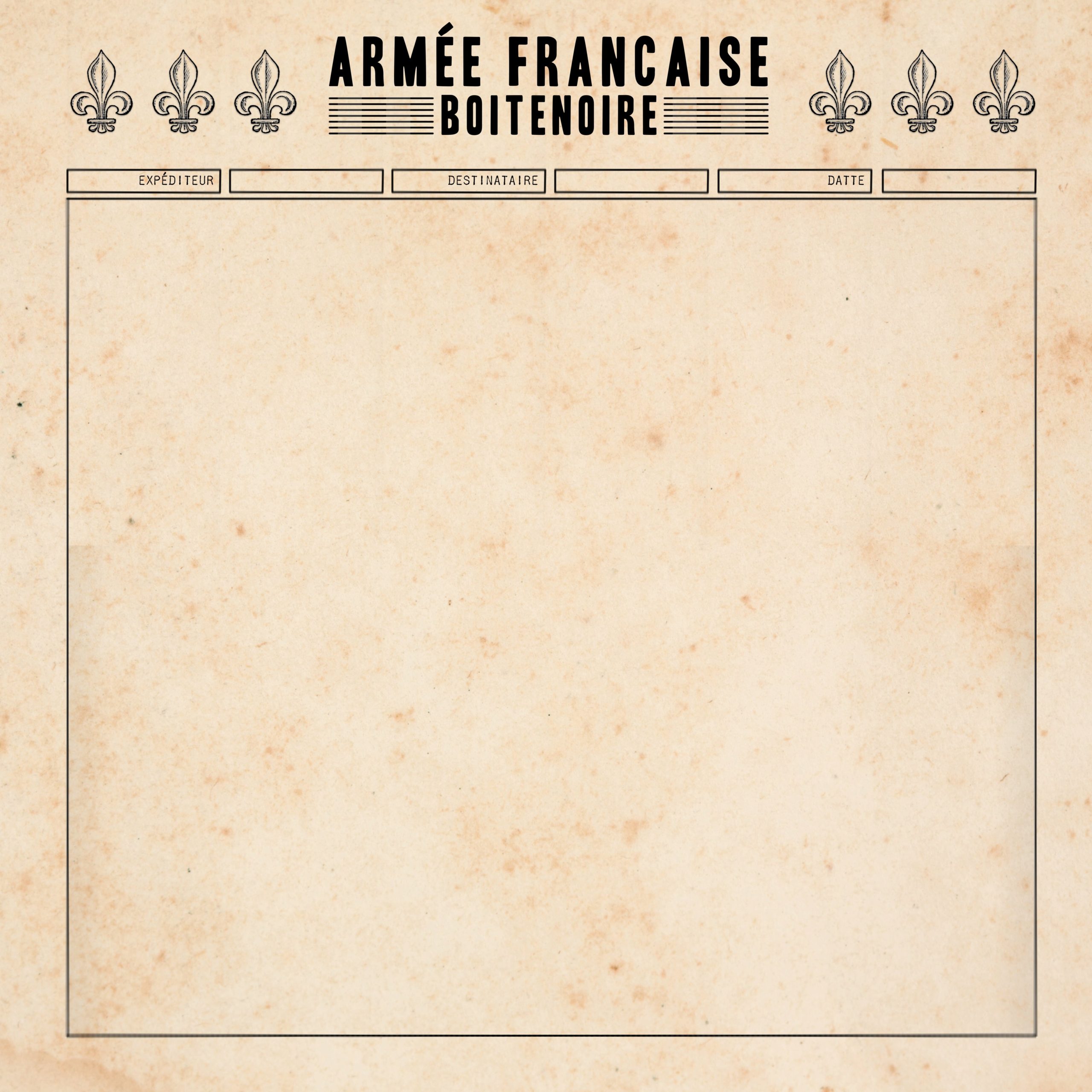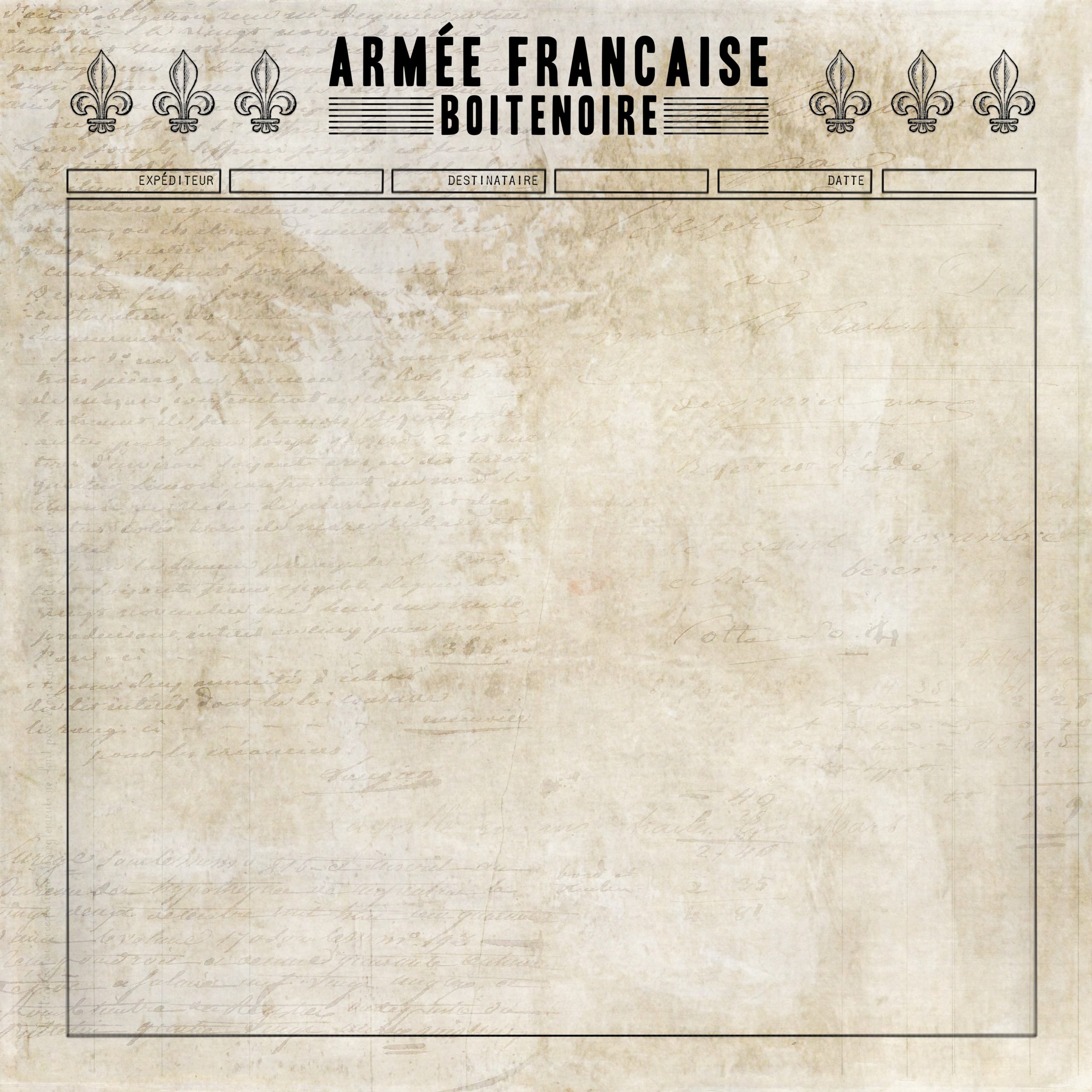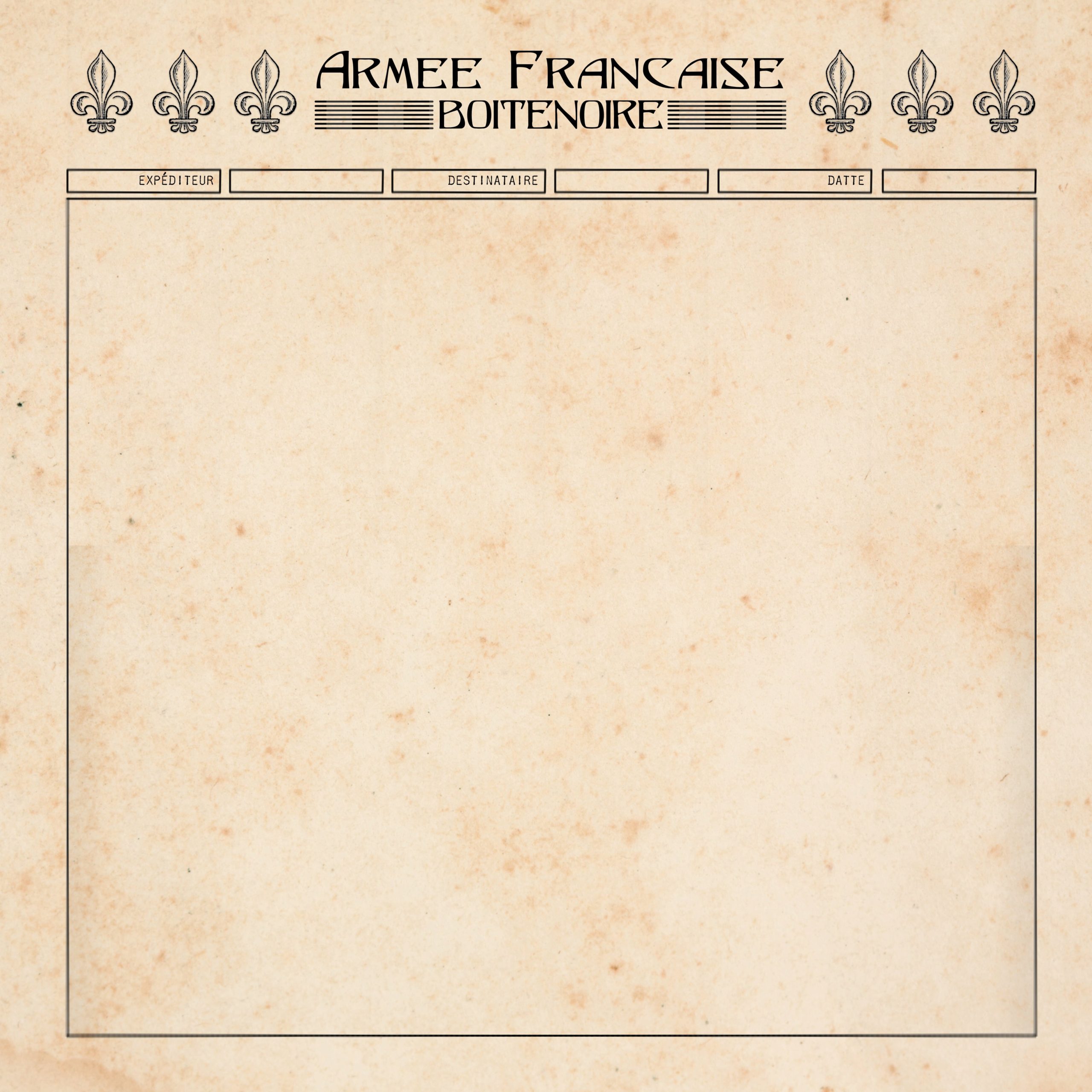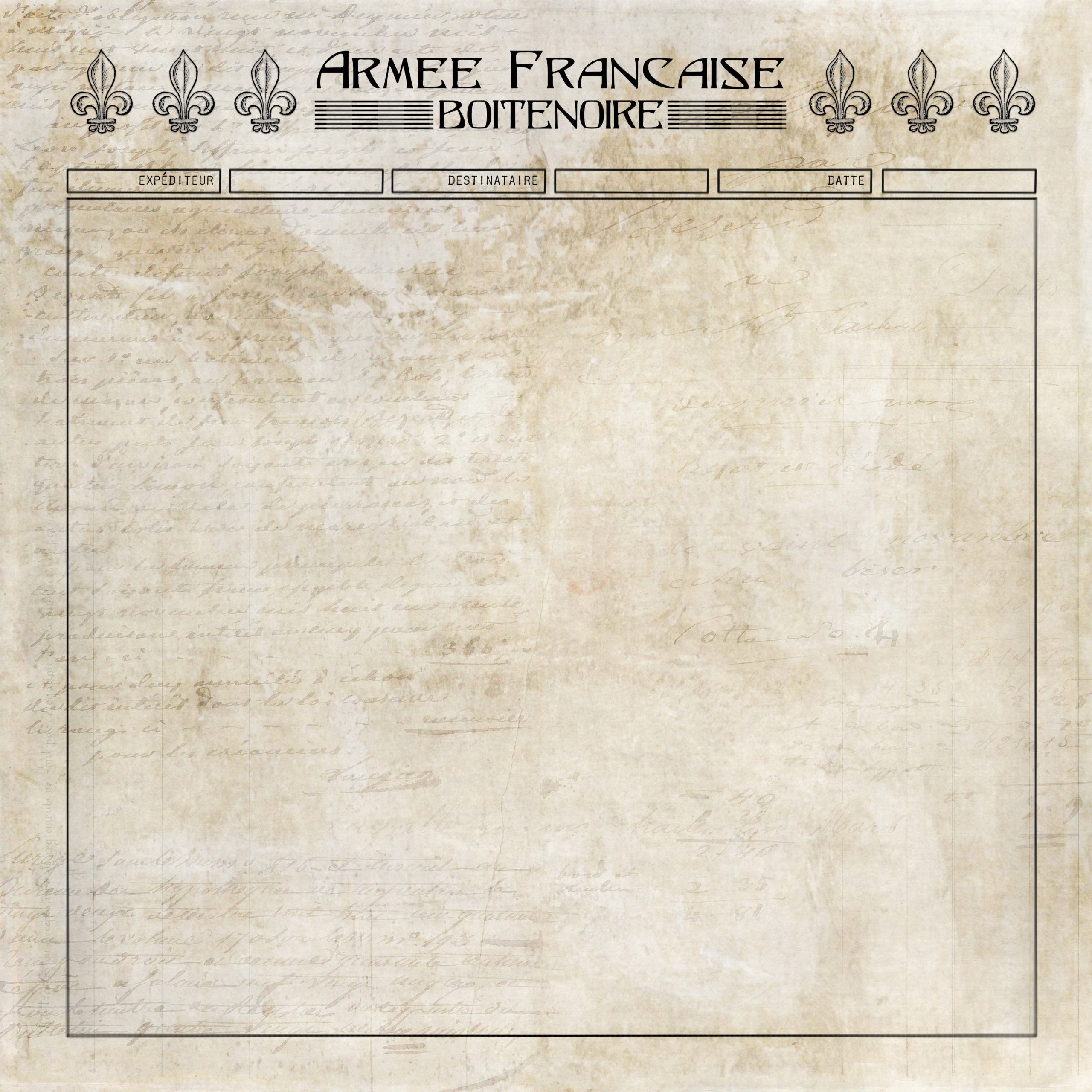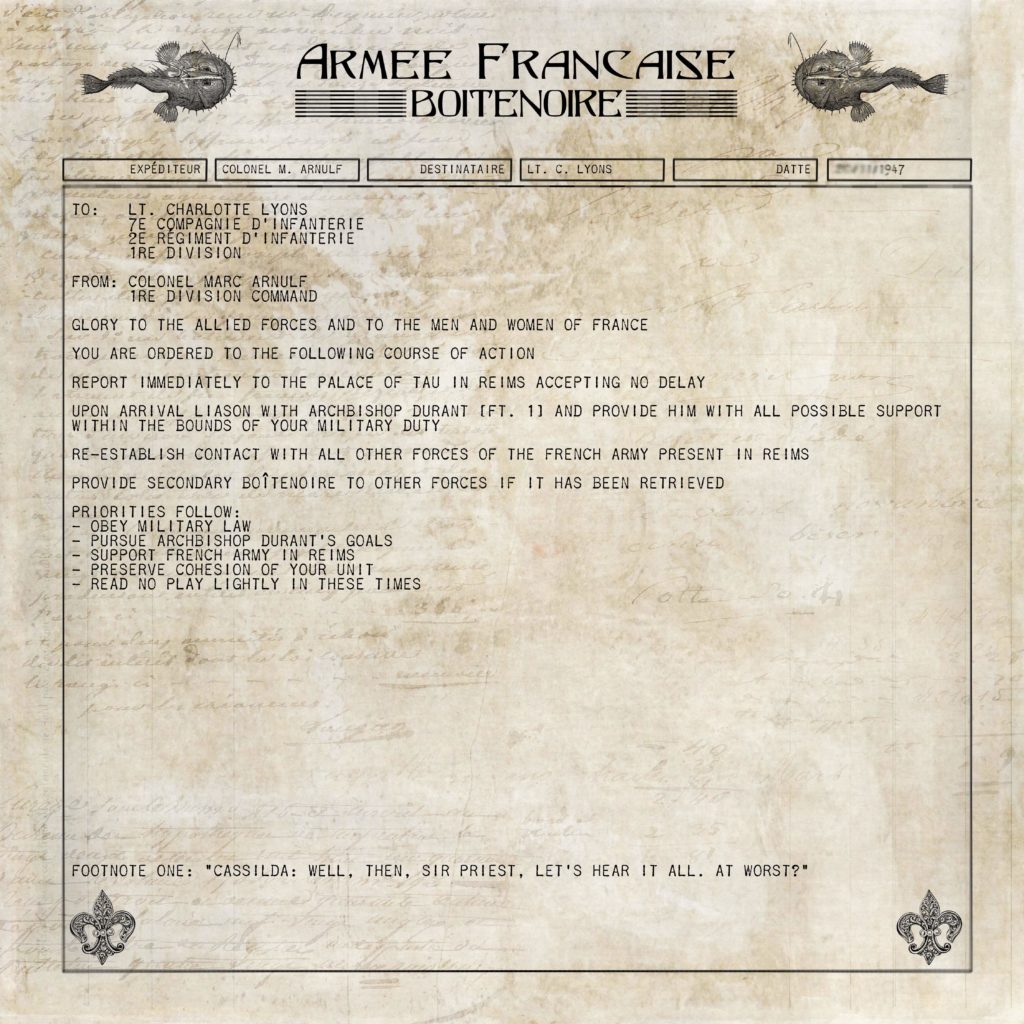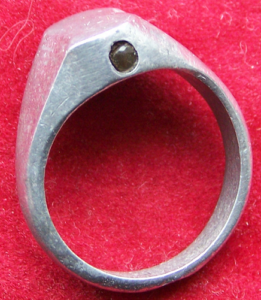I’ve been rereading Greg Rucka’s Atticus Kodiak books on the occasion of him republishing the first four in the series, and it’s been a pleasure. A gloomy, morose pleasure but a pleasure nonetheless. As always they seem like they ought to be quite adaptable to tabletop RPGs, so I spent a while thinking about that last night while I was falling asleep.
The super-easy adaptation would use Night’s Black Agents, drop the vampires. It’s easy to dial that flavor of GUMSHOE into gritty dangerous street level action, and the bursts of competence that result from the Military Occupational Specialty rule — automatic successes once per session on your chosen MOS skill — would also fit perfectly. Atticus and his friends spend a lot of time being able to push themselves to unreasonable levels of competence when the situation really calls for it.
You’d have to generate some new Backgrounds, I think, which is easy. Also drop Occult Studies and Vampirology from the abilities list and… yeah, Sense Trouble is the critical ability for keeping focus when you’re on watch for hours at a time. Without play testing this, I think using the Thriller Chase rules for standing watch would work really well; the assassin is testing abilities like Infiltration, Surveillance, and Disguise against abilities like Sense Trouble, Surveillance, and Preparedness. Winner gets points in a combat pool before playing out the actual attempt.
But then I had another idea, which I like more and which would take way more effort to implement. The post title gives it away, I know.
One of the core mechanics of Blades in the Dark is the engagement roll; the goal was to reduce the amount of time a group of players spend planning out every detail of a heist. You just go straight to the start of the action, and rely on flashbacks to fill in plans as necessary. So why couldn’t you just invert that — make an engagement roll to cut right to the start of the attempt on whoever you’re body guarding?
In Blades, you choose the point of attack before making an engagement roll. For this application, I think you’d go a bit metafictional and choose the opposition’s point of attack — this may be a bit too much player control for some but it allows the body guarding PCs to look awesome. Bad engagement rolls mean more variance from the determined point of attack, so that it’s not a guaranteed win for the players.
The time consuming part of this hack would be building a bunch of new playbooks. Not too hard to come up with them, just using the Kodiak series as the point of reference: Bodyguard, Private Detective, Driver, Special Forces, Cop, Medic. There’s six, voila. Writing them up is left as an exercise for someone else.
I don’t see a lot of value in multiple crew types, since this is about a very specific topic. I suppose there’s a game about urban action in here somewhere, in which case Bodyguards is one of several crew types with special rules for engagement rolls, but that’s even more work.
And then time to work out a new list of actions, etc. etc. As I said, there’s real effort necessary here, but I dig the idea.
